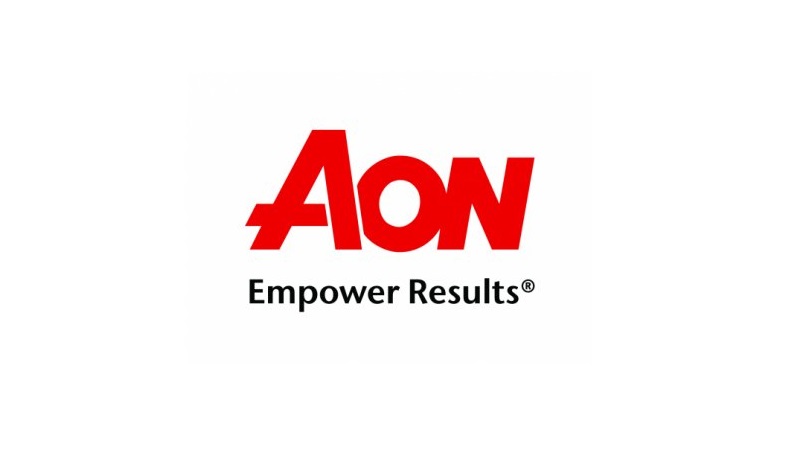In a career spanning over 30 years, I have analysed many activated incentive plans; some very productive and impactful, but many have proved to be a waste of time and money. Here, I provide some suggestions on how to implement and design an effective strategy for your business – considering employee performance, communication and delivery.
- Understand your marketplace: The banking community is considered to be the most well-known place where incentives are paid, money wasted, poor performance rewarded and headlines made. I have seen one small investment house resist the temptation to replicate the market and devise a truly innovative plan, where team and individual incentives worked together to reward great performance and a strong compliance track record. This would be challenging to replicate in a larger organisation, for example, but it does demonstrate a great amount of support to business vision and goals.
- Don’t reward poor performers: This all depends on performance metrics, assessment criteria, fair implementation, strong communication and organisation wide consistency, all of which are hard to achieve. Too many employers pay out incentives to average and poor performers because they have not got their ‘housekeeping’ in order. Housekeeping needs to be good enough to be sure they can reward great performers, without creating employee unrest, claims of unfairness and potentially employment tribunals amongst poor performers.
- Are you paying an ‘incentive’ or a profit share? An incentive should be where there are clear targets or outcomes which trigger the extra reward, they should be understood before the performance period, they should mark strong performance and they should be achievable. Incentives are harder to design and operate than a ‘thank you’ but done well they should drive business performance.
- Does your incentive plan reflect the business agenda? Growth, margin, customer satisfaction, new products, project completion, compliance, behavioural values and so on will all be part of the business agenda but sometimes incentives are one-legged and drive a single goal. To avoid massive design complexity, this may be the right way to go but if this is the case performance assessment for pay rise, promotion, recognition etc. must balance incentives. So incentives should be designed against the context of wider reward and performance strategy and process.
- Are incentives understood? In simple terms, communicate like mad up front and throughout, monitor performance, advise employees how they and the business is doing and deliver on promises. Celebrate success and publicise great achievements. I have seen a lot of employees to whom a good or poor incentive is a surprise at the end of the performance year. You can argue nice surprises are good but great performers should be celebrated throughout the year by their line managers, backed up by incentive award. Poor and average performers who consistently receive ‘OK’ bonuses will believe their performance is OK or even good. Communication encompasses not just written and digital media but the messages from line managers during the performance year.





